Development of Public Services in the City
The municipality introduced new hygiene rules in the city: the residents had to build garbage bins at their houses and dig slop pits, constantly clean their streets and yards. Not only the inhabitants and factories, but also other enterprises had to stay clean. All of it was constantly inspected by municipal sanitary commissions. They also checked the level of cleanliness of laundries, baths, canteens, confectioner’s shops, restaurants and hotels. The city authorities forbade the sale of raw meat and herring in markets during the warm season, and the food sold had to be covered and protected from flies and dust.
Innovations emerged in the field of medical services provision. In 19030-1934, Jew Semion Volpert built a house and founded a clinic on its second floor, which was one of the first clinics not only in Lithuania but also in Latvia and Estonia that had an X-ray machine. Jewish hospital founded as early as the middle of the 19th century in the city centre was also significant: in the interwar period, it was equipped with the entire complex to meet the treatment needs, consisting of a pharmacy, a chemical laboratory, premises for storage of inventory, and a laundry room.
From 1872, fire protection for the city was provided by a voluntary fire brigade supported by the city authorities. In 1928, it already had 50 members, 2 fire trucks with all necessary fire fighting equipment, 2 motorised water pumps and a pair of horses. Its building was built near the buildings of the city municipality, at the address Gaisrininkų St. 3, which survived to this day. But this was not the only fire fighting team. In addition to the tannery, Ch. Frenkelis, could also flaunt his private electric power plant and his own fire fighters’ brigade, established in 1908, consisting of 30 fire fighters who were factory workers. In addition to these, there were 4 more teams in the city, which were subordinate to other enterprises, making the total of 250 fire fighters. Therefore, Šiauliai, which was known for its frequent fires, could breathe easier in the interwar period: there were fires but not many and they would not cause such serious consequences as before.
There were repressive structures in the city too: the court, local police and the prison, which began functioning in 1911, intended to maintain order, provide protection for innocent civilians and to protect law.












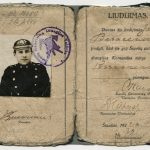
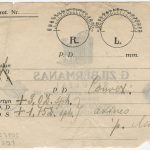
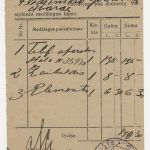
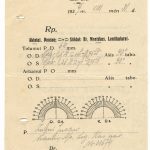
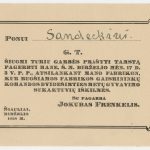
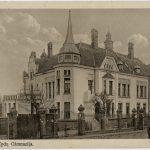
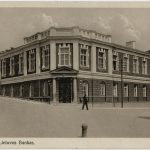

Leave feedback